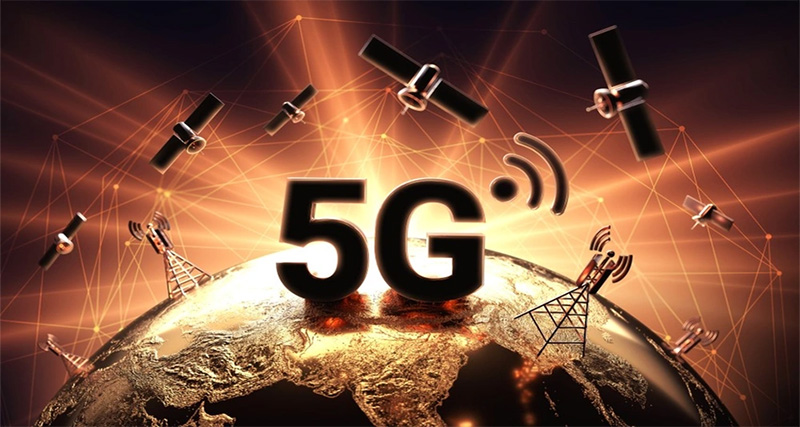The Evolution of Telecommunication: From POTS to 5G
January 15, 2024
Telecommunication has undergone a remarkable transformation over the years, revolutionizing the way we communicate and connect with the world. From the humble beginnings of Plain Old Telephone Service (POTS) to the cutting-edge capabilities of 5G, this article explores the key milestones in the evolution of telecommunication.
- POTS (Plain Old Telephone Service)
POTS, the traditional landline telephone system, dominated the telecommunications landscape for decades. It enabled voice communication over copper wires, connecting homes and businesses. While POTS provided reliable voice services, it lacked the advanced features and capabilities that we take for granted today. - Mobile Communication (1G, 2G, 3G, 4G)
The introduction of mobile communication marked a significant shift in telecommunications. The first generation (1G) of mobile technology, introduced in the 1980s, allowed for basic voice calls on the go. Subsequent generations, such as 2G, 3G, and 4G, brought improvements in call quality, data transfer speeds, and the ability to access the internet on mobile devices. - Internet Protocol (IP) Telephony (VoIP)
The emergence of Voice over Internet Protocol (VoIP) technology revolutionized the telecommunications industry by enabling voice communication over the internet. VoIP services, such as Skype and WhatsApp, disrupted traditional phone services by offering low-cost or even free long-distance calls. - Fiber Optics and Broadband
The introduction of fiber optic cables and broadband technology significantly increased internet speeds and bandwidth, enabling faster data transfer and paving the way for multimedia applications and streaming services. - 5G (Fifth Generation) Technology
5G represents the latest frontier in telecommunication technology. It promises blazing-fast speeds, ultra-low latency, and increased connectivity. 5G has the potential to transform industries, enabling advancements in areas such as self-driving cars, telemedicine, virtual reality, and the Internet of Things (IoT).
Impact of Telecommunication Evolution
The evolution of telecommunication has had a profound impact on society and businesses:
- Global Connectivity:Telecommunication advancements have made it possible for individuals and businesses to connect and communicate across vast distances, fostering global collaboration and economic growth.
- Mobile Revolution:Mobile technology has transformed the way we communicate, providing constant connectivity and access to information on the go.
- Digital Transformation:The integration of telecommunication technologies into various industries has driven digital transformation, improving efficiency, productivity, and customer experiences.
- Innovation and Entrepreneurship:The telecommunications industry has been a catalyst for innovation, giving rise to new technologies, services, and business models.
Future of Telecommunication
The future of telecommunication holds even more exciting possibilities, with emerging technologies like 6G, satellite communication, and quantum computing promising further advancements in connectivity, speed, and reliability. As telecommunication continues to evolve, it will play a pivotal role in shaping the way we live, work, and interact with the world around us.